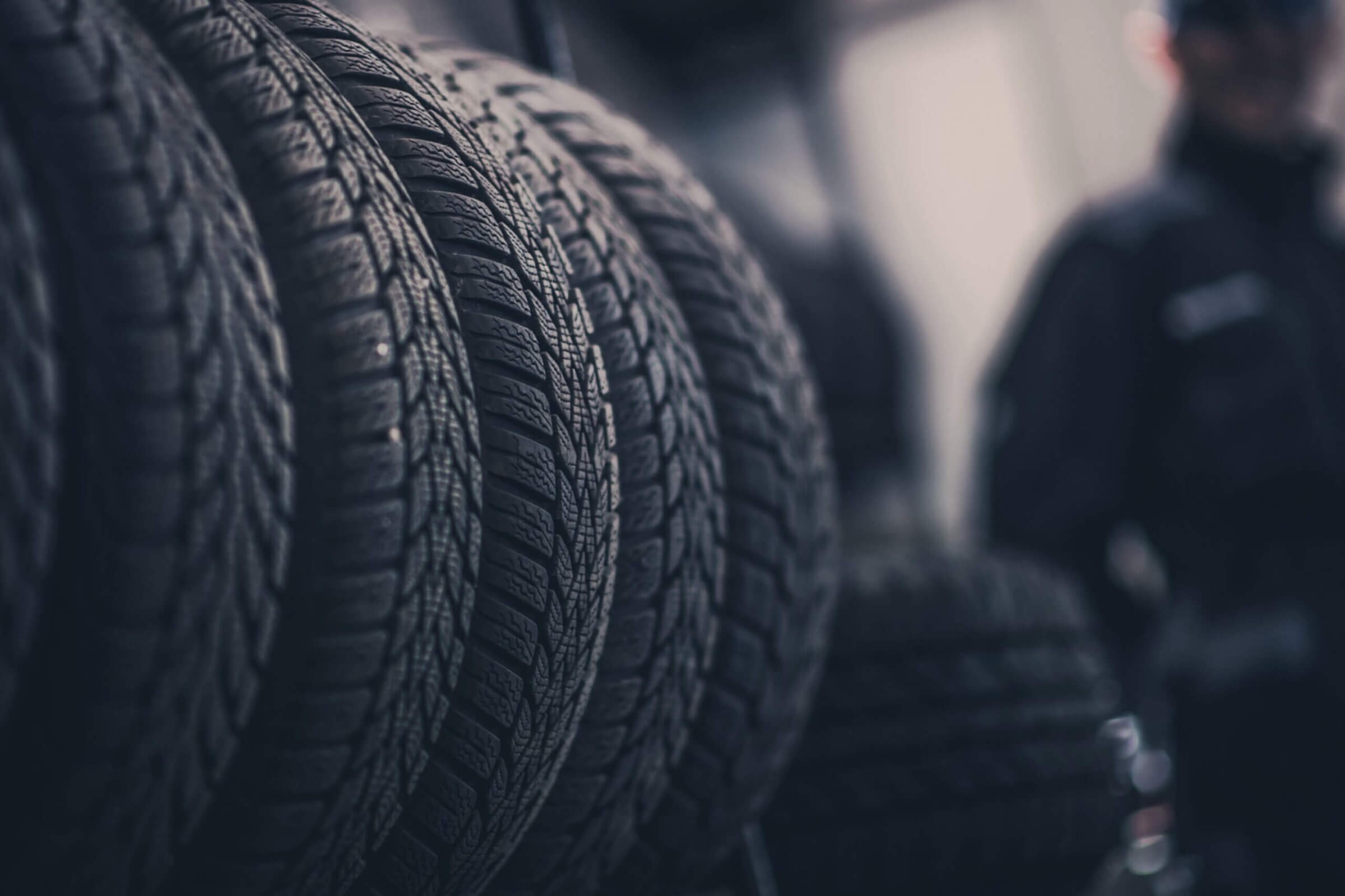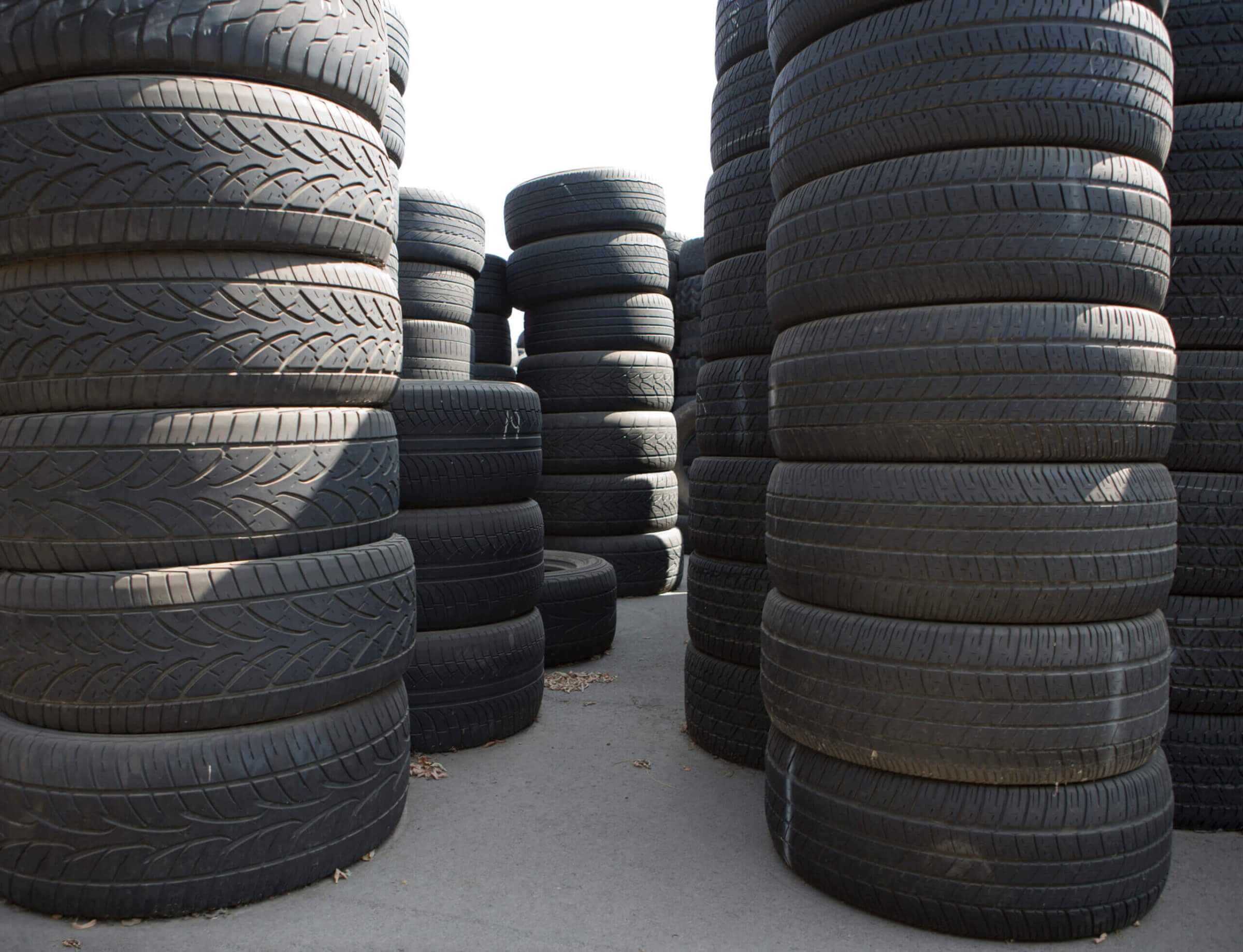Shopping for winter tires can be a challenge given the wide selection of makes and models on the market, but in addition to winter tires, you will also find in-store or online all-season tires (not designed for Quebec winters) as well as all-weather tires, which can be used in winter under certain conditions. But how do you know which tires meet your needs? Blackcircles Canada tells you a little more about these different tire models!
When to put your winter tires on?
In Quebec, tires approved for winter, i.e. those branded with the 3-peak mountain snowflake symbol, are mandatory from December 1 to March 15 inclusively. Of course, it is always a good idea not to wait until November 30 to buy or have them installed, because Mother Nature being what she is, it’s not unusual to see the first snowfall in November or even October!
Are all winter tires equal?
The choice of winter tires depends on various factors: your vehicle, your budget, the expected use of your vehicle (because of course, going out 3 times during the winter or spending your days on the road does not represent the same needs in terms of winter tires), etc. But that’s not all: choosing a tire that bears the famous symbol is not enough, because depending on the factors mentioned above, an all-weather tire could do the trick, while in other cases, it will be imperative to choose a real winter tire.
And beware: an all-weather tire (approved for winter use) is not the same thing as an all-season tire (not approved for winter use and illegal in Quebec between December and March): trust the pictogram!

All-weather tires vs. winter tires
Relatively new on the market, all-weather tires can be used on our roads in winter conditions, but beware: although they are much more efficient than all-season tires in snow, they offer less grip than winter tires on ice; however, they are particularly efficient when the road is wet. If it’s not too cold, they can be useful and have the advantage that they can be used in both summer and winter.
On the other hand, true winter tires provide optimal handling and grip on snow, ice and slush. Designed for use in very low temperatures, some models are even studdable.
So? All-weather tires or winter tires? If you don’t travel 200 kilometers a day and don’t drive during ice storms or when it’s -30°, all-weather tires could be an excellent choice. However, if you spend your days on the road or if you often have to drive when road conditions are harsh, you may want to invest in winter tires!
The chart below will explain the differences between all-season, all-weather and winter tires, and if you’re not sure which type of tire is right for you, the specialists at blackcircles Canada are here to help you find the best tires for your needs!
| All-season Tires | All-weather Tires | Winter Tires | |
| Designed for: |
|
|
|
| Not designed for: |
|
|
|






